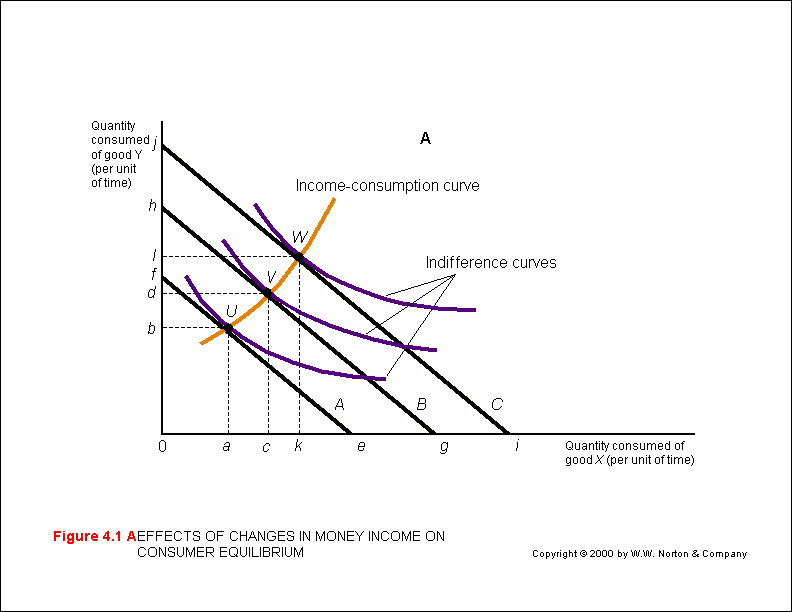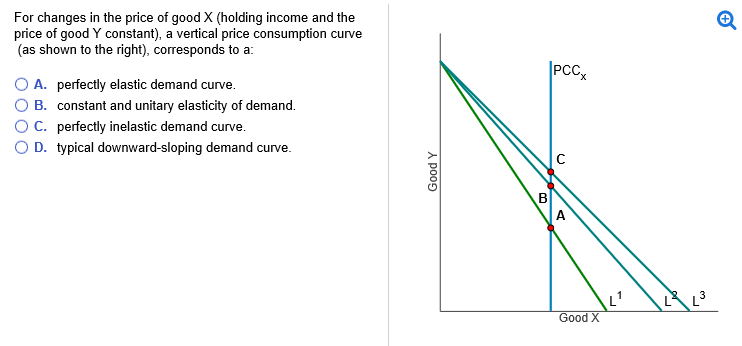


Expression (4.4) says that the marginal tax rate on labor income is positive if and only if the marginal social valuation of income falls as labor supply (in efficiency units) rises, a condition that is met by utilitarian social welfare functions together with labor-supply schedules that are increasing in ability. Since labor is expressed in efficiency units (at the common wage w), higher ability translates, for a given fraction of time worked, into higher labor supply. Where ε ¯ ≡ w 1 − τ − S 00 / L is the aggregate compensated labor supply elasticity (which must be positive), L h is household h’s labor supply, and L ¯ is the average value of L h across households. In that case, it is possible to dispense with the requirement that Engel curves be linear, since weak separability of goods and leisure suffices. Note also that a weaker condition suffices with a nonlinear income tax schedule, the design of which is discussed below. It is noteworthy that this condition is the same as that required for exact aggregation of consumers, and that for an aggregate measure of excess burden to be independent of the distribution of resources across consumers.

Such preferences include the case of homothetic separability, for which Engel curves pass through the origin. In answer to the first question, a sufficient condition for the optimality of uniform commodity taxes or, equivalently, taxes only on labor income, is that preferences are weakly separable into goods and leisure, and that commodities have linear Engel curves with identical slopes across households 17. First, when will the government wish to use the commodity tax θ 2 or, for the case of several commodities 1, …, N, the commodity taxes θ 2, …, θ N? Second, under what conditions will the income tax be progressive, with average tax rates rising with income (e.g., with T < 0)? As Equation (4.1) shows, the government has the option of using differential commodity taxation to supplement the linear income tax schedule. Where τ = − θ 0/(1 − θ 0) is the household’s marginal income tax rate.


 0 kommentar(er)
0 kommentar(er)
